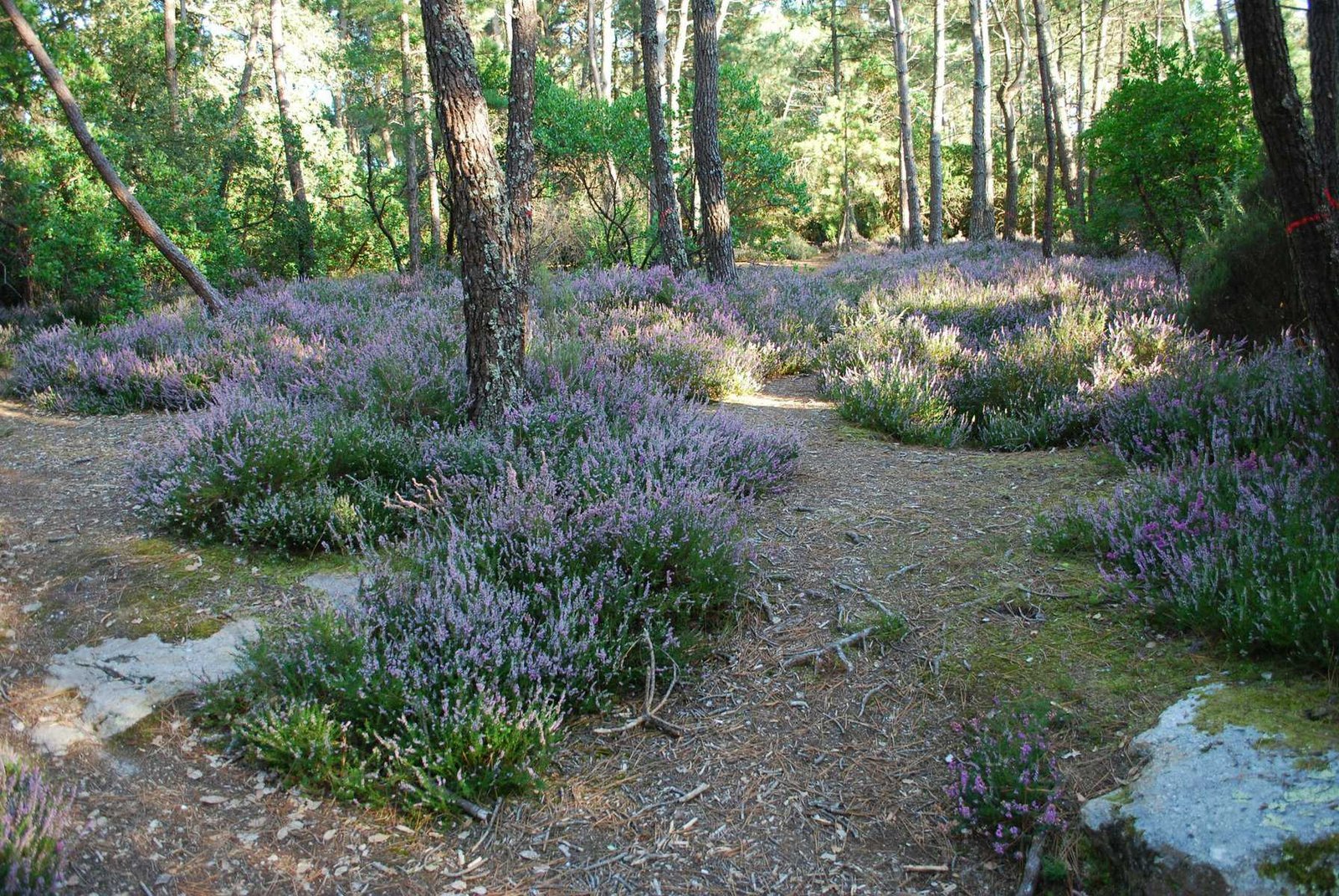Welcome to an insightful journey into enhancing your nopal cultivation through the strategic creation of microclimates! In “How Do I Create Microclimates To Benefit Nopal Cultivation?” you’ll discover the exciting potential of crafting microenvironments tailored to the unique needs of your nopal plants. By understanding and manipulating factors such as temperature, humidity, and wind protection, you can optimize the growth and yield of your nopal cactus, ensuring a thriving and bountiful harvest. Dive in and learn how small-scale climate management can make a big difference in your nopal cultivation success! Have you ever wondered how you can optimize your nopal cultivation even in less-than-ideal environmental conditions? You might have heard of the term “microclimate” and thought it sounds complicated. The truth is, creating microclimates to benefit your nopal cultivation can be simpler than you think and incredibly rewarding.

Understanding Microclimates
What Is a Microclimate?
A microclimate is a local atmospheric zone where the climate differs from the surrounding area. This variation can be due to both natural and artificial features. In the context of nopal cultivation, microclimates allow you to create conditions more suited to the cactus, ensuring better growth and yield.
Importance of Microclimates in Nopal Cultivation
Microclimates are particularly critical for nopal (Opuntia spp.) because they can alter conditions such as temperature, humidity, wind speed, and sunlight exposure. Nopal cacti, although generally hardy, will benefit greatly from conditions that protect them from extremes, thus ensuring consistent growth patterns and productivity.
Factors Affecting Microclimates
Temperature
Temperature is a critical factor in nopal cultivation. Nopal cacti prefer warm conditions but can suffer from extreme heat or cold. By moderating the temperature, you can ensure a stable growing environment year-round.
Humidity
While nopal cacti are drought-tolerant, they still perform better under certain humidity levels. Microclimates help manage moisture levels in the air, which is crucial for the cactus’ metabolism and growth.
Wind
Too much wind can cause physical damage to your nopal plants and increase water loss through evaporation. By creating windbreaks, you can reduce these risks and create a more stable environment for your nopal cacti.
Sunlight Exposure
Nopal cacti need plenty of sunlight for photosynthesis but can suffer from sunburn if overexposed. By carefully managing sunlight exposure, you can ensure your plants get the optimal amount of light.
How to Create Microclimates
Planting Techniques
Raised Beds
Using raised beds can help you control the soil conditions better, such as temperature and moisture levels. Raised beds warm up quicker in the spring and drain well, reducing the risk of root rot.
Row Orientation
Orienting your rows from north to south can maximize sunlight exposure, allowing each plant to receive an equal amount of light throughout the day.
Use of Mulch and Ground Cover
Mulch can help to regulate soil temperature, retain moisture, and suppress weeds. Organic mulches like straw or wood chips are ideal as they also improve soil quality as they decompose.
Windbreaks and Shelterbelts
Planting trees or shrubs can serve as windbreaks, reducing wind speed and thereby evaporation rates around your nopal cultivation area. This can help maintain a more stable microclimate.
Artificial Structures
Shade Cloths
Shade cloths can be used to protect nopal cacti from excessive sunlight and overheating. Depending on the density of the cloth, you can filter out a portion of the sunlight, creating a cooler microclimate.
Greenhouses and Polytunnels
Greenhouses and polytunnels offer controlled environments where you can regulate temperature, humidity, and light exposure. These structures are particularly useful in colder climates or areas with erratic weather patterns.
Soil Management
Soil Composition and Structure
Nopal cacti prefer sandy, well-drained soils. By amending your soil with organic materials like compost, you can improve its texture and fertility, making it more conducive to cactus growth.
Soil pH
Nopal cacti prefer a slightly acidic to neutral pH (6.0-7.5). Testing your soil and amending it as necessary can create a more favorable growing medium.

Water Management
Drip Irrigation
Drip irrigation allows for precise water application, reducing water waste and ensuring that the roots receive consistent moisture. This system is particularly beneficial in creating stable microclimates in arid regions.
Rainwater Harvesting
Collecting rainwater can provide a natural and sustainable water source for your nopal cacti. By using rain barrels and other collection methods, you can supplement your irrigation needs and create a more stable microclimate.
Pest and Disease Control
Natural Predators and Beneficial Insects
Encouraging the presence of natural predators and beneficial insects can help keep pest populations in check. Ladybugs, for instance, prey on aphids, a common pest in nopal cultivation.
Organic Pesticides
If pest problems arise, using organic pesticides can help control them without harming the beneficial insects or the environment. Neem oil and insecticidal soaps are good options.
Disease Resistance
Choosing disease-resistant nopal varieties can save you a lot of trouble down the line. Look for varieties known for their resilience against common diseases in your area.

Case Study: Successful Microclimate Management
Example 1: Microclimates in Arid Regions
In arid regions, managing water effectively is crucial. A small-scale farmer used drip irrigation, mulching, and windbreaks to create a microclimate that allowed the nopal cacti to thrive despite harsh conditions. The windbreaks reduced evaporation, and the mulch kept the soil moisture consistent, resulting in healthy and productive plants.
Example 2: Microclimates in Colder Areas
In colder climates, a greenhouse can make all the difference. One gardener used a polytunnel with supplemental heating to grow nopal cacti in an area where winter temperatures would normally be too low. By managing the temperature and humidity inside the tunnel, they created a microclimate that supported year-round growth.
Practical Tips for Creating Microclimates
Start Small
If you’re new to creating microclimates, start with a small area and experiment with different techniques. This way, you can see what works best for your specific conditions without making a large upfront investment.
Keep Records
Track your microclimate modifications and their effects on your nopal cacti. Keeping detailed records will help you understand what worked and allow you to replicate successful tactics in the future.
Stay Adaptable
Microclimates are dynamic and require ongoing management. Be prepared to make adjustments as needed to keep the conditions optimal for your nopal cacti.
Frequently Asked Questions
How Much Sunlight Do Nopal Cacti Need?
Nopal cacti thrive in full sunlight, ideally 6-8 hours a day. However, in extremely hot regions, providing some afternoon shade can prevent sunburn.
Can I Grow Nopal Cacti in Containers?
Yes, nopal cacti can be grown in containers. Ensure the container has good drainage and use a cactus mix for the soil. Container-grown nopal can also benefit from controlled microclimates, such as being moved indoors during extreme weather.
How Often Should I Water My Nopal Cacti?
Watering frequency depends on your specific microclimate. In general, nopal cacti need to be watered when the soil is completely dry. Overwatering can lead to rot, so it’s better to err on the side of underwatering.
What Are Common Pests and Diseases of Nopal Cacti?
Common pests include aphids, mealybugs, and scale insects. Fungal diseases can also occur, particularly in overly damp conditions. Managing humidity and using organic pest control methods can help keep these issues in check.
Conclusion
Creating microclimates to benefit nopal cultivation is a powerful tool at your disposal. By understanding the factors that affect microclimates and implementing various techniques, you can create optimal growing conditions that lead to healthier, more productive plants. Start small, be adaptable, and enjoy the process of fine-tuning your nopal cultivation. Your efforts will pay off in the form of robust, thriving cacti.
By taking control of the microclimates in your cultivation area, you not only enhance the growth and yield of your nopal cacti but also build a more resilient farming practice. Happy cultivating!

